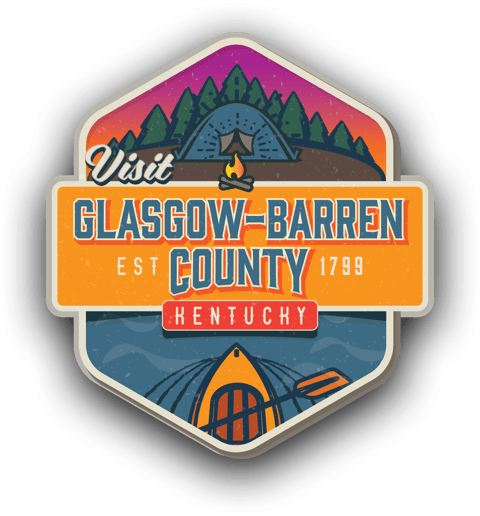From the Desk of Lady BARRENton– Historic Treasures: Echoes of the Past

Dearest Gentle Readers,
At the center of our storied city, Fort Williams stands as a testament to the tumultuous events of the Civil War era that once gripped our nation.
In the spring of 1863, as the Union sought to fortify strategic points across Kentucky, Fort Williams arose under the meticulous guidance of Lt. Miles D. McAlister. Designed in a distinctive “figure 8” shape, this fortified citadel symbolized Union determination to defend vital transportation routes and supply stations from Confederate intrusions.
Named in honor of the fallen Gen. Thomas Williams, who met his heroic end defending Baton Rouge, Fort Williams became a crucial fortress of Union control in Southern Kentucky. Throughout the war, it stood as a shield against Confederate advances, embodying the courage and sacrifice of those who defended its walls.
Fort Williams’s strategic significance was not only its challenging defenses but also its pivotal location at the intersection of vital roads and the expanding L&N Railroad—a lifeline for logistical movements during those turbulent times. As we commemorate these historic events, let us reflect on the resilience of those who shaped Glasgow’s narrative during the Civil War.
After exploring the rich history and strategic importance of Fort Williams, our journey through the Barrens continues to another beacon of historical preservation: the South Central Kentucky Cultural Center. Just as Fort Williams stands as a testament to the area’s military past, the Cultural Center serves as a collection of the broader heritage of Barren, Hart, Metcalfe, Monroe, and Allen Counties. Here, history comes alive through a captivating array of artifacts and exhibits that illustrate the vibrant life and times of our ancestors. This esteemed museum preserves and showcases artifacts donated by local citizens, bringing the region’s rich past to life through engaging exhibits and special displays.
The Center boasts a Genealogy Library for tracing family roots, a charming gift shop, and the Snavely Gallery, which features rotating exhibits of local art and historical themes. The Cultural Center is a living testament to our community’s heritage, inviting all to explore and celebrate the vibrant history of the Barrens.
Lastly, I bring to your attention a commemorative tribute just off the downtown square—the Glasgow Veterans Wall of Honor, a testament to courage and service that graces Beula C. Nunn Park. This landmark stands as a poignant reminder of the unwavering commitment and sacrifice of our fellow citizens from Glasgow who have served valiantly in the armed forces.
Engraved with 1,667 plaques bearing the names of our brave veterans, this wall is a mosaic of courage and dedication spanning eleven rows, each labeled from A to L. Organized meticulously in alphabetical order, every name holds a cherished place, commemorating individuals who have answered the call of duty to defend our nation’s ideals and freedoms.
The Glasgow Veterans Wall of Honor not only honors the past but also serves as a beacon of gratitude and remembrance for generations to come. Each plaque represents a story of selflessness and resilience, echoing through the archives of history and reminding us of the enduring spirit that defines our community.
As we stroll past this solemn memorial, let us pause to reflect on the sacrifices made by these brave men and women, whose names etched in stone serve as a testament to their bravery and commitment. Their service is a cornerstone of our community’s identity, and their legacy inspires us to uphold the principles of honor, duty, and unity.
Yours in the Pursuit of Historical Remembrance,
Lady Barrenton
